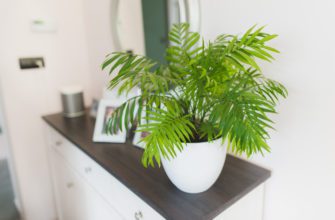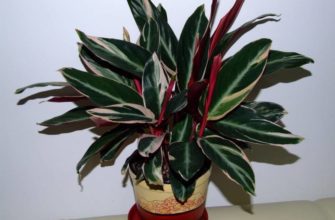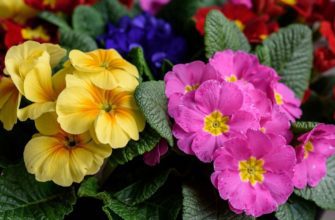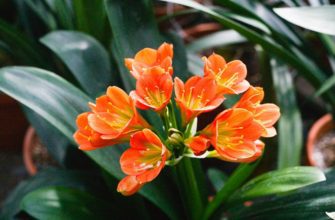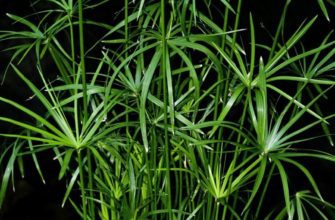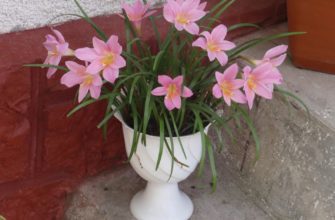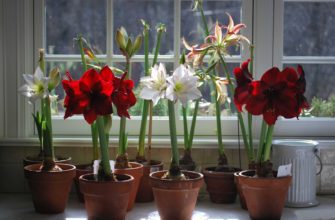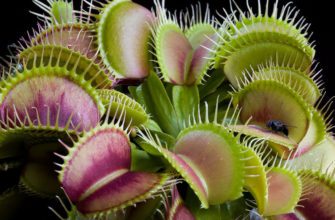Fertilizers are special substances used to feed plants. All indoor plants, be it indoor flowers or indoor bonsai trees, require timely and proper feeding. To choose the right fertilizer for indoor plants and flowers, you should find out what types of fertilizers there are and when they should be used. In this article, we will analyze the types of fertilizers for flowering indoor plants and their composition. And also, when and how they should be used to feed plants. In the end, we will analyze how and what to feed popular types of indoor flowers.
- What fertilizer to use for flowers
- Potassium fertilizer for flowers
- Advantages
- Flaws
- Phosphorus fertilizers for flowers
- Signs of Phosphorus Deficiency
- The following are considered difficult to dissolve:
- Phosphate rock flour.
- Well soluble in water
- Ammophos
- Diammophos
- Potassium monophosphate
- Urea for plants
- How to feed flowers with urea:
- When to feed plants
- How to use fertilizers correctly
- The general algorithm for fertilizing flowers is as follows:
- How to apply dry fertilizers
- How to apply liquid fertilizers
- Choosing the right fertilizer for indoor flowers
- Fertilizer for geraniums
- How to feed violets
- How to feed a ficus
What fertilizer to use for flowers
All fertilizers are classified mainly into 3 types:
- organic
- mineral
- combined or universal
For normal growth and flowering of indoor flowering plants and bonsai trees they should be fed at a certain time and with certain doses of fertilizers. Plants receive oxygen O2, carbon dioxide CO2 from the air. Water H2O, as well as minerals and nutrients, plants receive from the soil. When you transplant plants into fresh soil saturated with minerals and organic substances, the plant, as a rule, has enough of these substances for normal growth and flowering. However, over time, the concentration of useful substances in the soil decreases. And here it is necessary to correctly and timely select the necessary components and feed the plants.
To choose the right mineral fertilizer, you need to look at its composition. The composition of the fertilizer is always indicated on the packaging in letters NPKThe first word in the abbreviation is the percentage content. nitrogen, then phosphorus and in last place potassium.
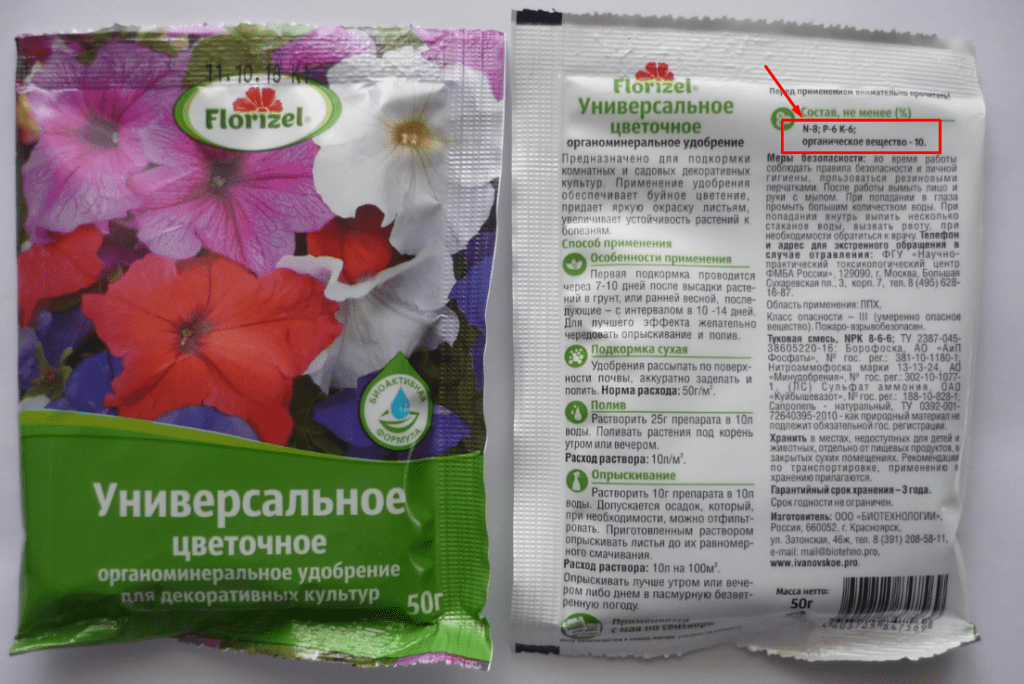
For example, a mineral fertilizer with the abbreviation 8:6:6 contains 8% nitrogen, 6% phosphorus and also 6% potassium.
Nitrogen, potassium and phosphorus are the main components of fertilizer. Many fertilizers include additional nutrients or secondary ones in addition to the main components. Secondary components of fertilizer include iron, zinc, sulfur, etc.

The components considered, such as phosphorus and potassium, are the main substances for plant nutrition and rapid growth. Nitrogen is necessary during the flowering period. Therefore, this component is used only during the flowering period of indoor flowers and plants.
For active growth and flowering of plants, in addition to mineral nutrients, organic substances are also required. They are contained in organic fertilizers. Organic fertilizers are understood as manure, compost, humus and so on.
In flower shops you can find combined or organo-mineral fertilizers. These fertilizers combine both organic and mineral substances. They are a complete fertilizer for indoor flowers and bonsai plants.


Potassium fertilizer for flowers
Potassium fertilizers are substances that contain potassium salts. Potassium fertilizers include fertilizers that are labeled as having a fairly high potassium content (for example, 20%). Other components may also be present, but in smaller quantities. Potassium fertilizers appear as powder or granules of non-uniform consistency. Potassium fertilizers can be of the following colors:
- brown
- pink
- white
- black
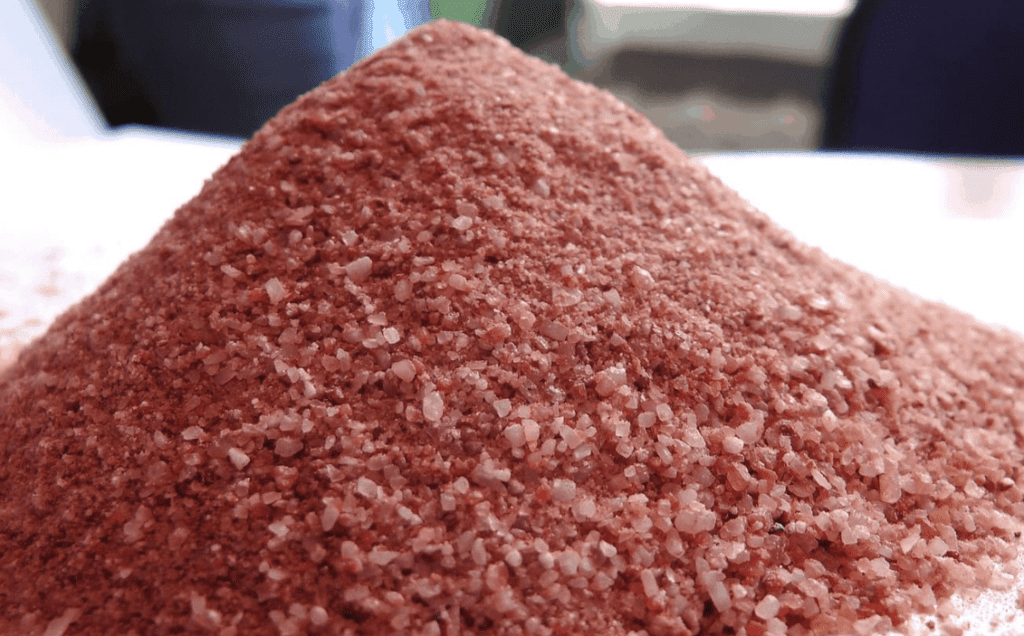
Potassium fertilizers are used when plant leaves turn yellow or become covered with brown spots. The use of potassium fertilizers contributes to:
- the rapid growth of leaves,
- increasing plant resistance to cold,
- resistance to drought and other adverse effects.
- increasing the efficiency of photosynthesis processes
- formation of enzymes

Advantages
The advantage of potassium fertilizers is their versatility. They are suitable for all plants. When they are used, a quick effect is observed, these fertilizers are quite easily absorbed by plants.
Flaws
The disadvantages are that potash fertilizers harden when stored for a long time, so you should not buy them in bulk.
Phosphorus fertilizers for flowers
Phosphorus fertilizers contain a lot of phosphorus (about 50%). Phosphorus is a very important component in the metabolic processes of plants. Feeding plants with phosphorus has a beneficial effect on the growth of plant roots. This is especially important for bonsai trees with superficial roots or nebari.
Signs of Phosphorus Deficiency
With a sufficient amount of phosphorus plants, indoor flowers grow and bloom luxuriantly. It is not difficult to determine that flowers need phosphorus fertilizers. If you find crimson, dark or purple spots on the leaves of indoor flowers or bonsai trees, this is due to a lack of phosphorus. Other signs:
- deformation and falling of leaves,
- weak root system,
- slow plant growth.


Phosphorus fertilizers can and should be used to feed plants and flowers if the above signs are detected. You can also feed plants with phosphorus fertilizer annually for prevention.
Phosphorus fertilizers are available in granules or powder, as well as in liquid form. Granules or powder are poorly absorbed and should be added deep into the soil, closer to the roots of houseplants. In liquid form, phosphorus fertilizers are absorbed well and quickly.
Phosphorus fertilizers are: poorly soluble and highly soluble in water
The following are considered difficult to dissolve:
Phosphate rock flour.
This flower fertilizer is a powder containing 20% phosphorus and 30% calcium. Phosphorite flour is applied to the soil and loosened.

Well soluble in water
This type of phosphorus fertilizers dissolve well in water without forming sediment. They penetrate the soil and strengthen the root system, and also promote its growth. This is one of the popular types of phosphorus fertilizers. These include:
Ammophos
The composition of ammophos contains ammonium phosphate. This substance decomposes into phosphorus 50% and nitrogen 10-20%.

Diammophos
You can find Diammophoska on the market: it contains 26% phosphorus and potassium and 10% nitrogen

Potassium monophosphate
Sold as a white powder containing potassium from phosphorus

Urea for plants
This type of mineral fertilizer is often used to feed indoor plants and bonsai trees. Urea is carbamide, a substance that contains a large amount of nitrogen in the form of carbonic acid. Thus, urea is a nitrogen-containing fertilizer. In stores, urea is sold in the form of yellow or transparent crystals, sometimes in powder or tablet form. Urea is mainly intended for feeding garden plants, but can be used to feed indoor flowers and bonsai trees. Urea should be used to feed plants when the plants have the following signs of nitrogen deficiency:
- slow plant growth
- small leaves
- small flowers
- pale leaf color
- leaf fall
- insufficient lush crown of bonsai trees

The use of urea as a fertilizer allows you to get lush and juicy greenery in indoor plants, as well as bright flowers. Urea is the most concentrated type of nitrogen fertilizer (46%). When it gets into the soil, carbamide decomposes with the help of bacteria into ammonium carbonate.


How to feed flowers with urea:
- Dilute urea in the following concentration: 1 teaspoon of granules or powder in 1 liter of water.
- Next, stir the mixture until the urea is completely dissolved.
- The resulting solution should be sprayed on plants on the 14th day after the buds appear, then repeated after 2 weeks.
Root feeding should be done with a solution in the concentration: 0.5 teaspoon of urea per 1 liter of water. Plants should be watered at the beginning of the growing season. It is recommended to use urea for watering indoor plants only in the spring and summer.
In the autumn-winter period, when plants enter a dormant phase, watering plants with urea can lead to the death of the flower.
When to feed plants
The periods of fertilizing indoor plants are individual for each species. However, there are general rules for adding fertilizers to the soil for stable, lush growth and flowering of plants. The moment of starting to fertilize indoor flowers and bonsai trees depends on the time of year.
Fertilizing plants should begin in early spring or late winter. During this period, plants begin to wake up and prepare for growth and flowering. It is during this period that they need nutritious mineral and organic substances contained in fertilizers. Indoor plants and bonsai trees need to be fed throughout the spring and summer. In this case, the plants will receive useful substances from the soil that were added with fertilizers.
To properly feed bonsai trees, use table

In early and mid-autumn, the frequency and dosage of fertilizing should be reduced and stopped altogether at the beginning of winter. This is due to the fact that many plants, as a rule, reduce their activity and go into hibernation. With the onset of winter, they no longer require fertilizing. If you continue to fertilize, this can harm the plant. Fertilizing plants in winter can cause them to wake up and bloom early, which is not typical for them.
It is worth noting that some plants continue to bloom and grow vigorously in winter. Such plants do not need to go into hibernation, so feeding can continue in winter. These include special indoor flowers bred for flowering in winter.
How to use fertilizers correctly
The effectiveness of using a particular type of fertilizer depends on how correctly it is used. It is necessary to feed indoor plants and bonsai trees with a certain frequency. You can find a lot of information on the Internet about the fact that different types of plants require different frequencies of feeding. But it is not specifically indicated how often to feed indoor flowers.
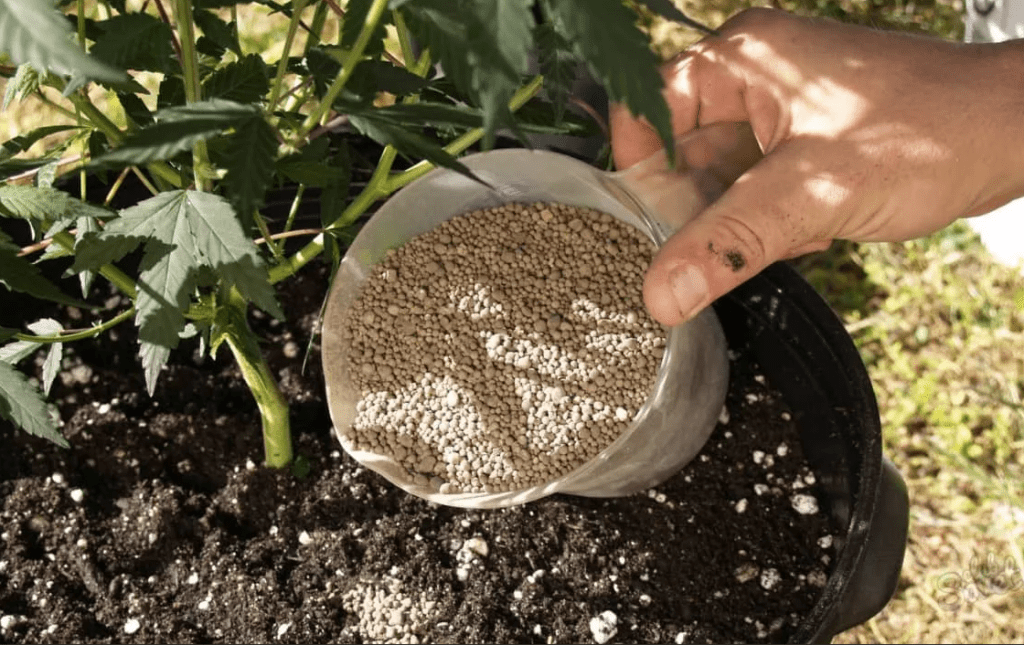
You should start fertilizing flowers with a frequency of once every 3-4 weeks. Calculate the dosage according to the instructions for each type of fertilizer. Some plants require more frequent fertilizing. If fertilizing with a frequency of once every 3-4 weeks does not give an effect, then the frequency of fertilizing should be increased and fertilizing should be done once every 1 or 2 weeks.
Fertilizers should only be applied to moist soil. This will protect the plant's roots. The principle "more is not better" should be followed.
Important! Often, over-fertilizing plants and indoor flowers leads to their death.
The general algorithm for fertilizing flowers is as follows:
- flowers need to be watered so that the soil is moist and the roots absorb moisture
- The next day you need to add fertilizer. It can be added dry or dissolved in water.
How to apply dry fertilizers
Dry fertilizers are applied to the soil surface, then the top layer of soil should be loosened. And then watered a little.
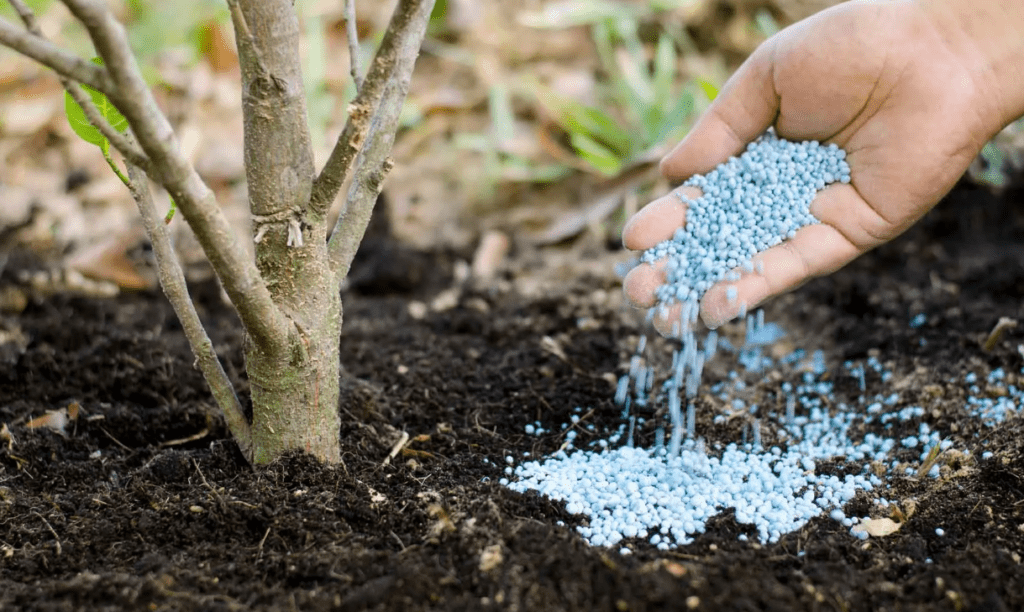
How to apply liquid fertilizers
Top dressing with fertilizers dissolved in water is carried out as follows:
- the water needs to be settled first
- the water should be at room temperature
- dissolve fertilizer
- Water the resulting solution evenly along the edge of the pot, covering the entire soil.
Important! There is no need to overwater the plants, we are guided by the principle "bigger doesn't mean better"
Choosing the right fertilizer for indoor flowers
If you do not know which fertilizer to choose for your indoor flowers, then you should start feeding with a universal type of fertilizer. This type contains phosphorus, nitrogen and potassium in equal quantities. You will definitely not harm the plant with such fertilizers if you use the recommended dosages.

Florists claim that nitrogen fertilizers should be used in spring and the first half of summer, when plants enter the phase of rapid flowering and growth. After that, that is, in the second half of summer and until autumn, potassium can be used. Nitrogen fertilization should be reduced or stopped altogether. Potassium will allow the plant to prepare for winter.
Important! In the first weeks after transplanting into fresh soil, the plant does not require any fertilizers at all. Using fertilizers during this period will only cause harm.
Let's look at an example of what to feed specific types of indoor flowers with.
Fertilizer for geraniums
Geraniums need to be fed at the beginning of spring, when the plant begins its vegetative period. At first, feeding should be done with nitrogen fertilizers. This will strengthen the stems and leaves of the geranium.
Geranium is a flower with large, lush buds. Therefore, during the formation of buds, it is worth reducing the amount of nitrogen fertilizers or stop using them altogether and start using fertilizers containing potassium and phosphorus. These elements allow the plant to form large and lush buds. Potassium and phosphorus fertilizers should be used according to the instructions or once every two weeks.
Important! When fertilizing flowers, avoid getting fertilizer on the buds and foliage.

In addition to phosphorus and potassium, magnesium sulfate is used to feed geraniums. This component promotes the growth of inflorescences and makes flowering abundant. The dosage of magnesium sulfate is 1 gram per 300 milliliters of water.
To achieve lush and colorful flowering, you can feed geranium with regular medical iodine. To do this:
- iodine should be diluted in a volume of approximately 1 drop per 1 liter of water
- water the soil with water the day before.
- Next, water the plants along the edge of the pot with iodine solution, evenly moistening the soil.
Feeding frequency: once every 3-4 weeks
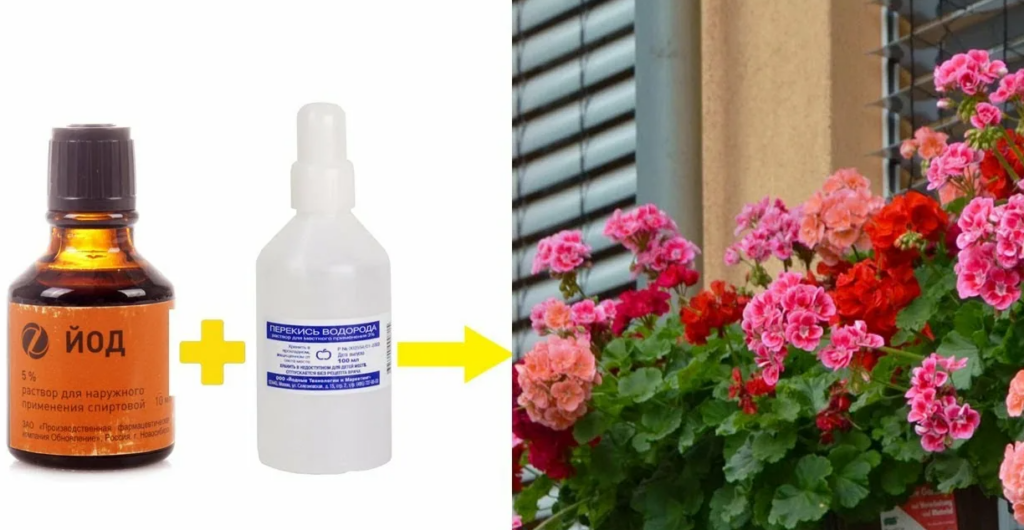
The specified amount and composition of fertilizers are enough for the lush and beautiful flowering of geranium. You can find many additional recommendations on geranium fertilization on the Internet. However, you should make sure that all of them have been tested and will not harm your plant.
How to feed violets
Violets hibernate in winter. They rest all winter, and the vegetative period begins in spring like other plants. In spring, violets need nitrogen for lush and abundant growth of foliage and stems and flowering. Therefore, in spring, violets should be fed with mineral fertilizers containing nitrogen. Young plants especially need mineral fertilizers containing nitrogen. Adult plants need less nitrogen fertilizers. But with the end of the spring period, they, like other plants, need phosphorus and potassium. Therefore, violets should be fed in midsummer with phosphorus and potassium fertilizers.

Feeding of violets can be root or foliar.
With root feeding, fertilizers are introduced into the soil along with water and are absorbed by plants through the roots.
Foliar feeding is carried out by spraying the fertilizer on the leaves and stems. The dosage during foliar feeding is reduced by 2 times.
In flower shops you can buy specialized types of fertilizers for violets. They contain phosphorus, nitrogen and potassium. These elements are calculated in certain proportions for violets. The composition also includes copper, zinc, manganese, iron and other useful elements.
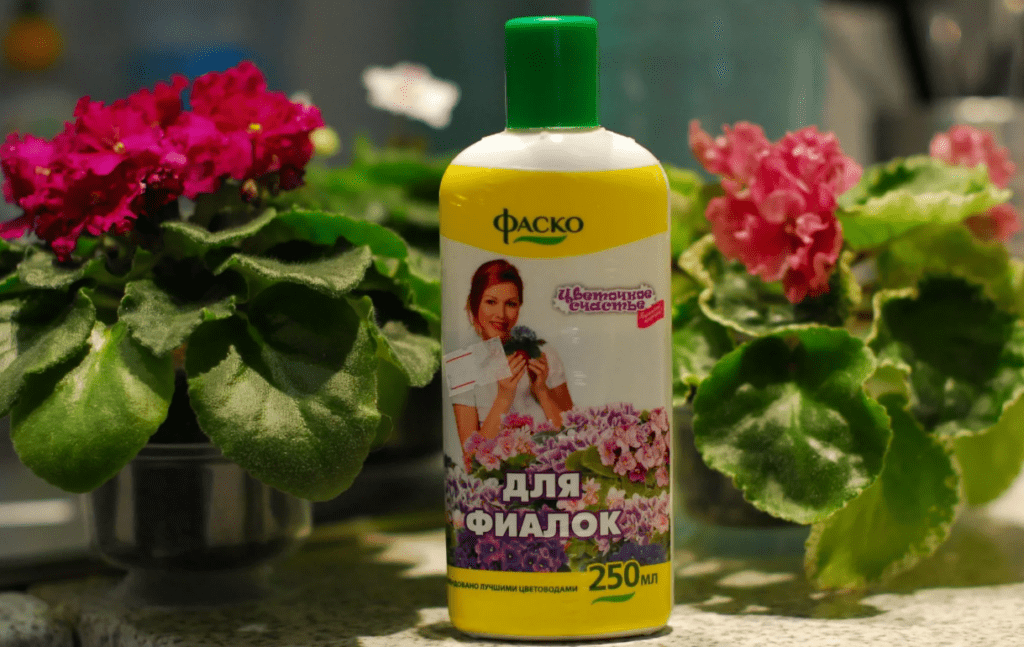
Organic fertilizer is suitable for violets to bloom. Bird droppings and cow manure can be used as organic fertilizer. For this:
- dung or manure is mixed in water at the rate of 50 grams of bird droppings or 200 grams of cow manure per 10 liters of water
- keep the solution for a month
- the resulting concentrate is diluted in water in a ratio of 100 grams of solution per 3 liters of water
How to feed a ficus
For feeding ficus benjamina or bonsai made from ficus benjamina mineral and organic fertilizers should be used. Mineral fertilizers must necessarily contain nitrogen. The following are suitable for this:
- urea
- saltpeter
- any fertilizers special for ficus and palms

Complex universal fertilizers for deciduous trees are also perfect for ficus. Ficus is fed from spring to autumn, when the plant is in the vegetative phase and is growing rapidly.


In addition to mineral fertilizers, organic fertilizers can be used. These include
- manure
- humus
- compost
Fertilizers containing calcium will be useful for ficus. Fertilizers made at home based on tea or coffee are also suitable. Frequency of feeding ficus: 1 feeding every 2-3 weeks.

